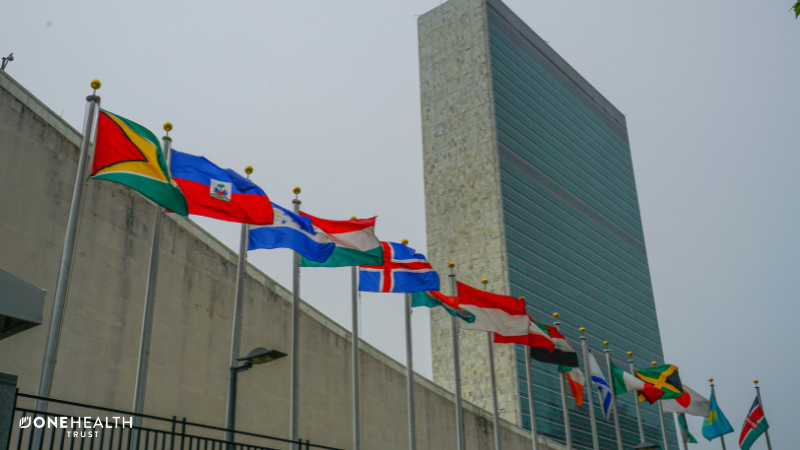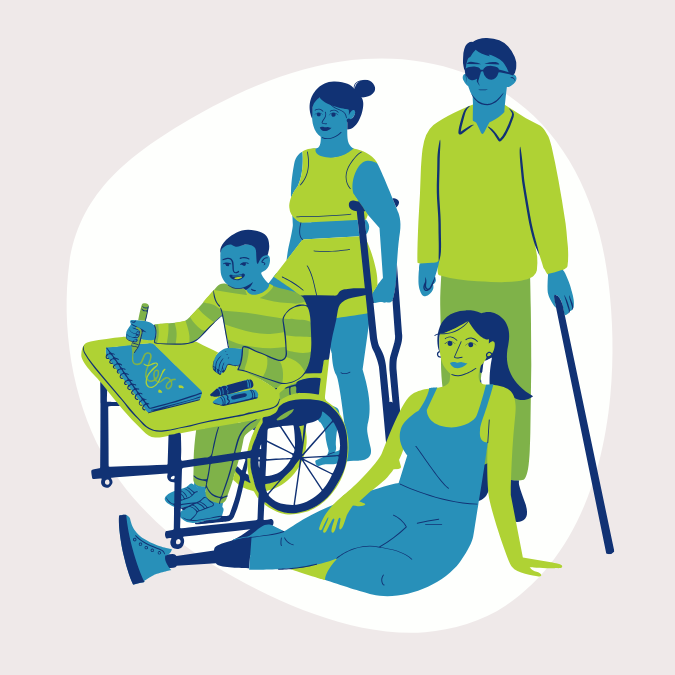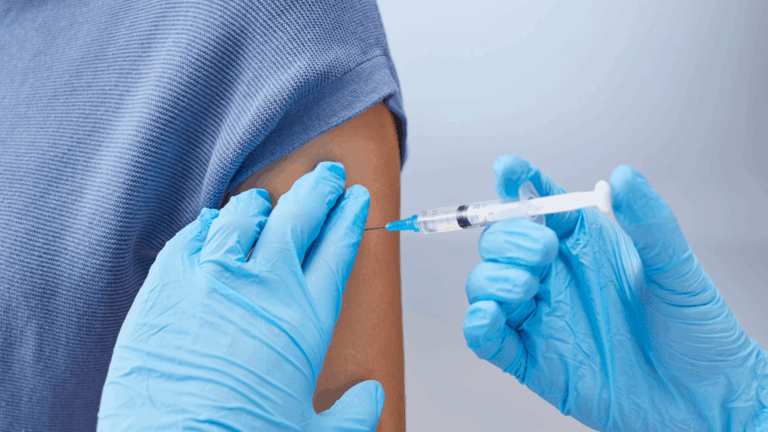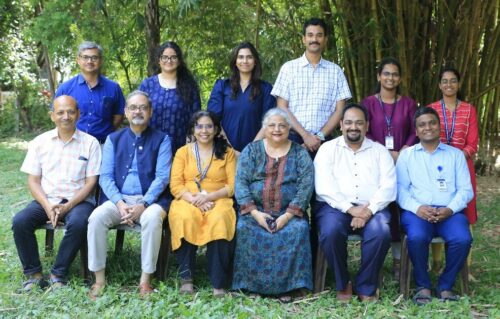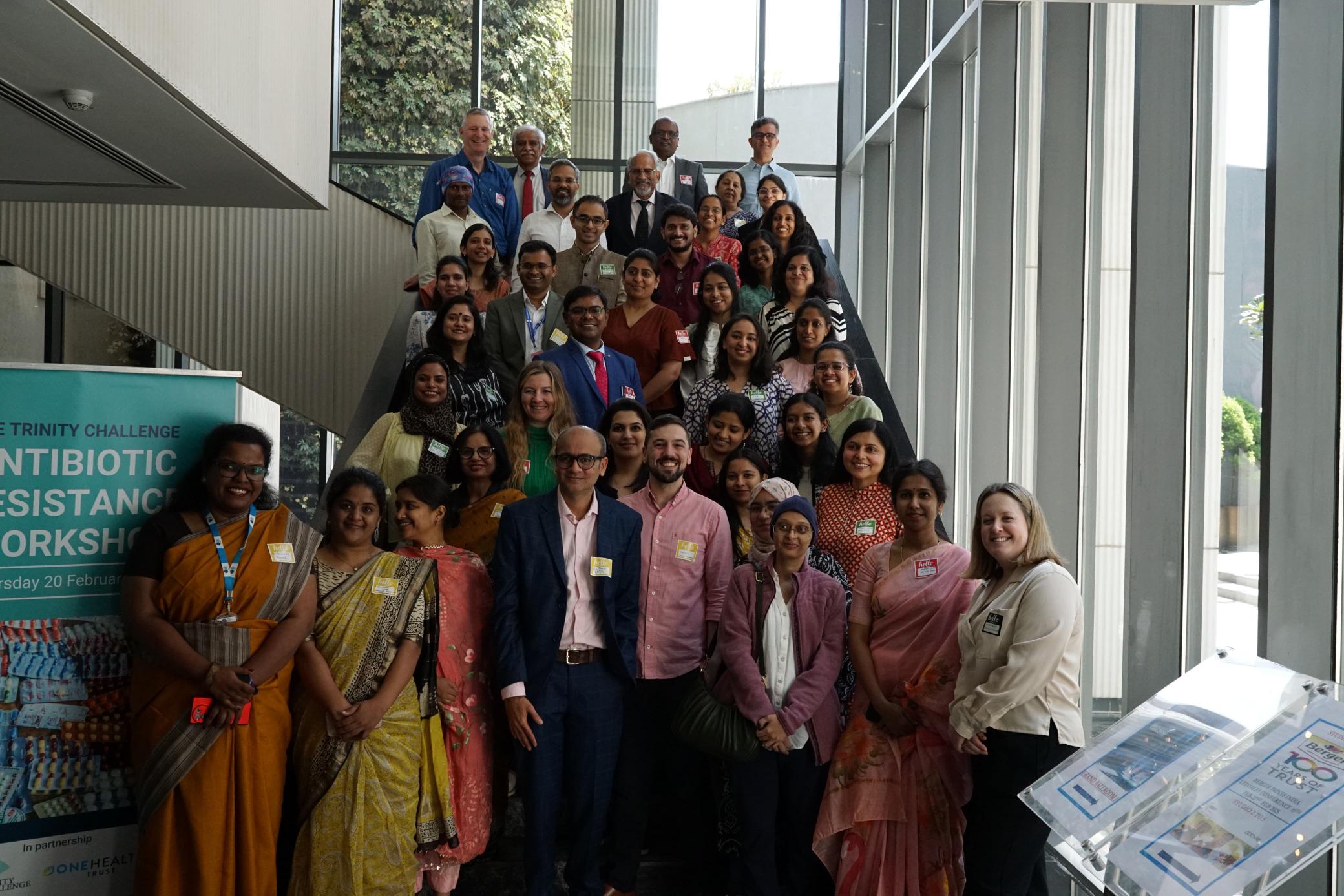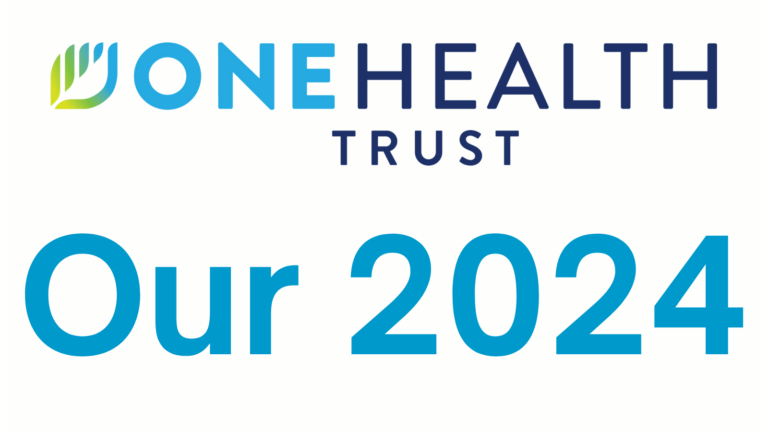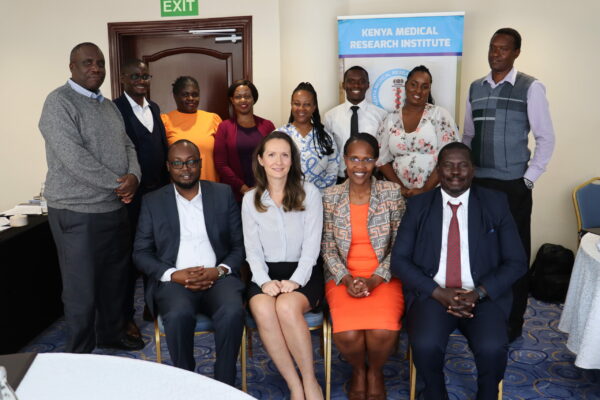September 12, 2024
Antimicrobial resistance, also known as AMR, is a global health crisis that often goes unnoticed in the news. AMR occurs when bacteria, viruses, fungi, and parasites evolve over time, making our life-saving medicines ineffective. While much of the world is unaware of the AMR problem, we are facing a major public health crisis as life-saving medicines are being rendered ineffective, threatening a return to a pre-antibiotic era, where minor infections could kill one again.
Each year, an estimated 7.7 million deaths are associated with bacterial infections. Nearly 5 million of those infections are associated with drug resistance, and 1.3 million directly attributable to antibiotic resistance. It is estimated that by 2050, 10 million people will die annually from drug-resistant infections, with nearly 50 percent of these deaths occurring in sub–Saharan Africa.
The Global Burden of Diseases Study estimated that 150,196 people died in Kenya in 2019 due to sepsis, 52 percent of these sepsis deaths were caused by bacterial infections, which are often antibiotic resistant. In 2019, between 8,541 and 37,259 people died because of bacterial antimicrobial resistance with one in five deaths occurring in children under five years. Currently, more people die due to reasons related to AMR than HIV/AIDS, malaria, and tuberculosis combined.
Animals also suffer from antimicrobial-resistant infections. For economies dependent on agriculture, the crisis could result in lowering livestock productivity by up to 10 percent, directly affecting families’ incomes and local and national economies. According to the World Bank, if left unchecked, the AMR crisis will push an additional 28 million people into poverty, disproportionately affecting the world’s poorest communities in low- and middle-income countries.
The first time AMR was really discussed among world leaders was in 2016 at the first United Nations General Assembly (UNGA) High-Level Meeting (HLM) on AMR. On September 26, 2024, global leaders will convene again for a second UNGA HLM on AMR. As the meeting draws closer, the question looms large: how much progress has truly been made since the 2016 convening?
A global call to action
When the UNGA first addressed AMR in 2016, it marked a watershed moment in the global effort to control AMR. The UN declaration on AMR stemming from that meeting galvanized nations to develop national action plans, strengthen surveillance to generate evidence for action, and promote responsible use of antimicrobials. As the second high-level meeting on AMR is convened to review progress and make a new plan for action in 2024, it is imperative to ask whether commitments made in 2016 have been honored and if these efforts have been sufficiently implemented across diverse resource settings and sectors.
Progress on paper versus real-world progress
Many countries have made significant strides in addressing AMR. In Africa, National Action Plans (NAPs) on AMR have been drafted, to date approximately 37 out of 47 countries in the World Health Organization AFRO region have developed NAPs, but less than 1 percent are sustainably funded for effective implementation. As a result, the implementation of these plans remains uneven amidst challenges that drive AMR, such as inadequate healthcare infrastructure; weak enforcement of regulations on antimicrobial use; a lack of awareness of the dangers of inappropriate use of antimicrobials in humans and animals and their discharge into the environment; poor water, sanitation, and hygiene in communities; and insufficient infection prevention and control infrastructure and practices.
The capacity to diagnose infections, especially in human and animal health, remains inadequate as indicated by the Mapping Antimicrobial Resistance and Antimicrobial Use Partnership (MAAP) led by Africa CDC and ASLM in collaboration with the East Central and Southern Africa Health Community, the One Health Trust, and other partners. They found that a paltry 1.3 percent of microbiology laboratories across 14 Member States were equipped to perform testing for five priority antibiotic-resistant germs, making it difficult for medical professionals to know what treatments will work on an infection and for scientists to know what drug-resistant germs are circulating and spreading.
Kenya has made significant steps towards addressing this growing crisis through its National Policy and Action Plan on AMR by enhancing awareness, strengthening its integrated surveillance system in human and animal health, implementing infection prevention and control measures, and promoting appropriate use of antimicrobials. There is still more ground to cover.
Strengthening multisectoral approach with sustainable financing mechanisms
Considering the complexity of AMR drivers, the One Health approach, which recognizes the interconnectedness of the health of humans, animals, and the environment, is critical to tackling AMR comprehensively. However, true progress requires finding sustainable financing mechanisms, breaking down silos between sectors and fostering collaboration at every level through strengthened multisectoral governance and coordination mechanisms. The UNGA HLM offers a platform to push for sustainable funding mechanisms and emphasize that policies should be holistic, embracing the whole of society.
Ensuring affordable and accessible antibiotics for all
One of the critical areas where progress has been lacking is in the development of new antibiotics and alternatives. With reduced investment by the pharmaceutical industry, citing high costs and low returns on investment, the global pipeline for new antibiotics is dry and the world is running out of options in the fight against drug-resistant pathogens. Where new effective antibiotics exist, they are inaccessible for people without the financial means.
The UNGA HLM must prioritize discussions on how to incentivize antibiotic research and development through innovative global funding mechanisms to rejuvenate the space, including promoting alternative therapies and vaccines to diversify our arsenal against AMR and ensure affordability and access to new drugs for the most vulnerable.
Accountability and Global Solidarity
One of the most significant challenges is tracking tangible progress and ensuring accountability towards commitments made. Declarations and action plans add value when mechanisms to track progress and hold countries accountable are proposed and implemented. There is a need for a robust framework for monitoring and evaluating the impact initiatives to control AMR. A potential resolution from the United Nations on AMR this year must emphasize prevention strategies.
To evaluate and propose solutions to ensure sustainable access to effective antibiotics, a team of AMR experts came together (including me) to write a series for The Lancet medical journal on the topic. In the series, my co-authors and I found that with tools we already know, we could prevent more than 750,000 AMR-associated deaths in low- and middle-income countries each year. 337,000 deaths could be averted with improvements in infection prevention and control in hospitals; 247,800 deaths could be averted with universal access to water, sanitation, and hygiene services; and 181,500 deaths could be avoided through universal coverage of high-priority childhood vaccines.
In the Lancet series, we propose targets for consideration ahead of the UNGA HLM. We suggest the bold but feasible goal of, by 2030, reducing mortality from AMR by 10 percent. We show that this can happen by pushing for a global reduction in inappropriate human antibiotic use by 20 percent and a 30 percent reduction in inappropriate animal antibiotic use. These global targets should serve as a benchmark with national targets adjusted for country and regional contexts.
The establishment of targets at the UNGA HLM would push the implementation of measures to control AMR and reporting on actions and AMR burden and surveillance.
A call for urgency
As the world takes stock at the UNGA HLM on AMR, it is clear that while progress has been made, it is not enough. As the threat of AMR continues to grow, and the window for action narrows, the global community must move beyond declarations and take decisive, target-based, well-coordinated action to avert the crisis. The HLM is not just a moment to reflect on what has been achieved, but a call to collectively accelerate efforts. The stakes are high for our health, our economies, and our future.
Guest Blogger
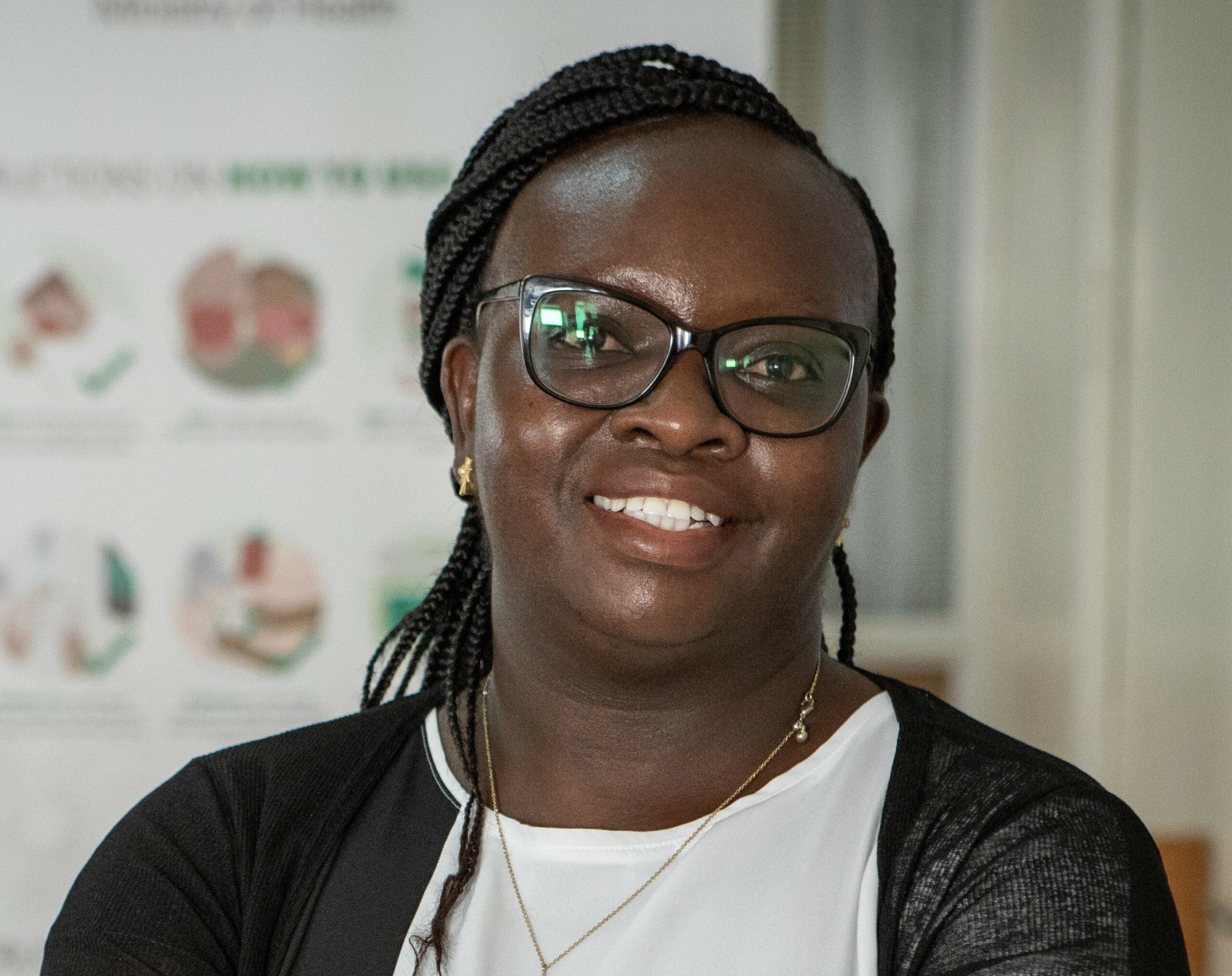
Dr. Evelyn Wesangula is a passionate pharmacist with a Master’s in Science in Tropical and Infectious Diseases. Evelyn currently works with the East Central and Southern Africa Health Community (ECSA- HC) based in Arusha, Tanzania, as a senior AMR Control Specialist, strengthening the implementation of Infection Prevention Control Strategies and National Action Plans (NAPs) on Antimicrobial Resistance in the region. She previously worked at the Ministry of Health in Kenya as the National AMR focal point where she championed the development and implementation of the first NAP on AMR. She has supported the World Health Organization in developing antimicrobial stewardship guidance documents supporting the implementation of NAPs. She serves as the vice chairperson of the Infection Prevention Network-Kenya, is a member of the Antimicrobial Use Task force on AMR, Technical Advisory Group of the UK-Fleming Fund, and is a Chatham House Africa Public Health Leaders Fellow, Fleming Fund Policy Fellow, and an International Ambassador of the Society of Hospital Epidemiology of America. She serves as a volunteer mentor for the Commonwealth Partnerships for Antimicrobial Stewardship ALFA- Fellowship program.

